The Laboratory for Embodied Intelligences (LEI)
18th Steet Arts Center
Movable Lab Residency 2016-7 Nina Waisman
LEI Artistic Director / Co-Founder:
Nina Waisman
LEI Movement Expert / Co-Founder:
Flora Wiegmann
Project Overivew, Video by 18th Street Arts:
https://www.youtube.com/watch?v=fno9UkLlNlA
Video excerpts from performances & rehearsals
https://vimeo.com/498507894
https://youtu.be/nGEcj44e2p4
https://youtu.be/MJV5dzePUxc
Press:
Hyperallergic
LA Weekly
Santa Monica Daily Press
Across 2016-2017, LEI offered performances, panels, and participatory mind, movement and urban experiments to allow the public to sense and experience non-human intelligences via contemporary art practice. To begin, we focused on performing microbial intelligences. Why? See here. This work was made possible by a generous residency offered by The 18th Street Arts Center, along with collaborative contributions from special guests including Penelope Boston, Director of the NASA Astrobiology Institute (NAI), dancers, vocalists, and other experts. Credits and Thanks>
2016-2017 Events
June 3, 2017
Performance,
4-5pm, Beneath the 10 Freeway, at Virginia Avenue and Dorchester, Santa Monica
May 28, 2017
Performance,
4-5pm, Along the Cliffs overlooling the Santa Monica Pier and Beaches, and on the beaches
April 29, 2017, 18th Street Arts Center
1639 18th Street, Santa Monica, CA,
90404
http://18thstreet.org/nina-waisman-laboratory-embodied-intelligences/
Panel, 1-2 pm
video https://youtu.be/ZTTaeiZdFvw
Multi-disciplinary panel and dialogue with audience: How can we use our bodies and movement to learn from the highly successful microbes on our planet? Featuring celebrated scientists Moh El-Naggar, the USC Robert D. Beyer Early Career Chair in Natural Sciences, working at the forefront of bacterial communication, and Fathi Karouia, Senior Research Scientist at NASA, working with microbial behaviors on the space station, in our guts and elsewhere. LEI Director Nina Waisman and LEI Movement Expert Flora Wiegmann, will join them, with possible surprise guests.
Performances 2-5 pm
Intermittent performances around the 18th Street Arts Center campus, featuring Jonathan Bryant, Alfonso Cervera, Hyosun Choi, Hyoin Jun, Jasmine Orpilla, Flora Wiegmann (and possibly Vanessa Baish). Performances choreographed collaboratively by Jonathan Bryant, Alfonso Cervera, Hyosun Choi, Hyoin Jun, Natali Micciche, Jasmine Orpilla, Nina Waisman and Flora Wiegmann.
Participatory movement lab 3-4 pm
Participatory movement workshop for children and adults: Moving with Microbes - a way to learn a bit about how 3.5 billion years of adaptation have led microbes to experience the world and each other.
Why explore microbial behaviors?
Microbes have survived and communicated with each other over 3.5 billion years here on earth; there is much to learn from such long-lasting, successful societies. In and on your body, you’ll find 100 times more microbial DNA than human DNA. Many of these microbes are in intimate contact with your brain. Perhaps microbes play a larger role than you thought, in running the show that you think is you? All earthly lifeforms evolved from microbes: looking more deeply at microbial behaviors may locate patterns of connectedness between human logics and those of many species we believe ourselves superior to. And icing on the cake - astrobiologists agree that microbes are the most likely form of life we will encounter out in the cosmos. Can modeling and studying our terrestrial bacteria help us communicate with extraterrestrials?
Recent research has shown that “all mobile unicellular organisms possess the fundamental characteristics of nervous systems” (Lori Marino) Can we be sure, then, that cognitive capacities and "modes of reason" we think unique to humans might not also belong in some form to microbes? In this phase of early research into bacterial cognition, we already know that microbes communicate - in fact, they are multi-lingual. They have survived and communicated with each other over 3.5 billion years. Surely there are a few things we can learn from such successful cultures?
All earthly lifeforms evolved from microbes - thus perceptions and communications in contemporary plants and animals (including us) are built upon a scaffolding of perception, communication and movement capacities given to us by microbes. George Lakoff and Mark Hansen, in Philosophy in the Flesh, highlight recent scientific findings: “The very structure of reason itself comes from the details of our embodiment. The same neural and cognitive mechanisms that allow us to perceive and move around also create our conceptual systems and modes of reason…“
If the structure of our reason is created by the same mechanisms as our perceptions and movements, and those mechanisms, like those of all life on this planet, have evolved from microbial behaviors - then looking more deeply at microbial behaviors may locate patterns of connectedness between human logics and those of many species we believe ourselves superior to.
LEI's approach is to collaborate with diverse partners - exploring, from a range of mind-body perspectives, how humans might viscerally sense non-human behaviors. Using scientific findings to (playfully and easily) tune human bodies into newly sensitive perception-machines, we hope, with our community partners, to gain knowledge unavailable through classic scientific data analysis.
LEI believes there is much to gain - aesthetically, sensorially, practically, politically - from considering intelligences in entities with different bodies and sensory apparatus than our own, living in different time scales and environments than we require. And, since astrobiologists agree that most life we will find off of earth will be microbial, why not dig into possible intelligence in our earthly microbes to get a feel for what and how those lovely ET’s might communicate with us?
The Laboratory for Embodied Intelligences (LEI)
Founder and Artistic Director:
Nina Waisman
Movement Expert and Founding Member:
Flora Wiegmann
2016-17 Collaborators and Performers
Vanessa Baish
Miles Brenninkmeijer
Jonathan Bryant
Alfonso Cervera
Hyosun Choi
Hyoin Jun
Natali Micciche
Murphia Moore
Jasmine Orpilla
Gabriela Simon
Juliana Snapper
Micaela Taylor
Flora Wiegmann
2017 Scientist-Participants:
Penelope Boston
Director, NASA Astrobiology Institute (NAI)
Moh El-Naggar
USC Robert D. Beyer Early Career Chair in Natural Sciences
Fathi Karouia
Senior Research Scientist at NASA
Videography:
Lead: Carole Kim
Additional video: Meena Murugesan, Jeny Amaya
2015-2016 Scientists and Experts Listed here
Thanks
Huge thanks to the generous supporters named below!!!
18th Street Arts Center
Nina Waisman’s residency and its associated collaborative public events and performances are made possible by The 18th Street Arts Center, with funding provided by City of Santa Monica Cultural Affairs Department, the California Arts Council, and The James Irvine Foundation. 18th Street Art Center is the leading artist residency in Southern California, with a mission is to provoke public dialogue through contemporary art making.
The Hammer Museum
The Hammer Museum’s Public Engagement program is supported, in part, by the Los Angeles County Board of Supervisors through the Los Angeles County Arts Commission. In Real Life: Studio is a Public Engagement project organized by January Parkos Arnall, curatorial associate, Public Engagement.
SETI Institute’s Artist in Residence Program
The SETI Artist in Residence Program facilitates cross-disciplinary artistic expression dedicated to exploring, understanding, and explaining the origin, nature and prevalence of life in the universe. The Program fosters an exchange of ideas between artists and scientists, and encourages contemporary artistic practices that allow us to experience life on this planet and beyond in new ways. Learn more about the SETI Artist in Residence Program, here. Special thanks to Charles Lindsay, Denise Markonish, Nathalie Cabrol, Bill Diamond, Laurance Doyle, Glenn E. Bugos, Seth Shostak and Jill Tarter.
SETI Institute
SETI Institute’s mission is to explore, understand, and explain the origin and nature of life in the universe, and to apply the knowledge gained to inspire and guide present and future generations. SETI has a passion for discovery, and for sharing knowledge as scientific ambassadors to the public, the press, and the government. SETI Institute is a private, nonprofit organization dedicated to scientific research, education and public outreach. The Institute comprises three centers, the Center for SETI Research, the Carl Sagan Center for the Study of Life in the Universe and the Center for Education and Public Outreach. Founded in November 1984, SETI Institute began operations on February 1, 1985. Today it employs over 130 scientists, educators and support staff. Research at the Institute is anchored by three centers, the Center for SETI Research, the Center for Education and Public Outreach and the Carl Sagan Center for the study of life in the universe. More information here.
Montalvo Art Center and Residency Program
The Sally and Don Lucas Artists Residency Program (LAP) is designed to offer artists from a range of disciplines an environment conducive to individual and collaborative creative practice. Seeking to stimulate an energetic exchange of ideas between culturally diverse Fellows and across varied artistic fields and scholarly disciplines, the residency has earned international recognition as a model of curato rial practice supporting the development of new and challenging contemporary work.
The LAP welcomes sixty artists a year into the program. Residencies are offered in all contemporary artistic disciplines including the visual arts, design, literary arts, film, choreography, performance art, music and composition, and teaching artists. The LAP welcomes artist’s collaborators from overlapping fields, including science, technology, and other scholarly research. The Program is the first in the United States to offer an annual Culinary Artist Residency. For more information about Montalvo Arts Center, click here.
Bios
Nina Waisman, Director
As a former dancer turned multi-media artist, Nina Waisman is fascinated by the critical roles that movement and sensation play in forming thought. Her interactive sound installations, videos and collaborative performances highlight the subliminal training and possible hacking of such embodied thinking. These works focus on related issues including surveillance, invisible labor, machine-human feedback loops, nanotechnology. Venues include House of World Cultures, Berlin; LAXART; CECUT, Tijuana; OCMA; the Beall Center for Art & Technology, Zero1 Biennial, the San Diego Museum of Art, The New Children's Museum in San Diego. She has taught at institutions such as Cal Arts, SFAI, UCSD, and spent 2015 as an artist in residence at SETI Institute. Waisman is starting a new series of collaborative artworks exploring the role of embodiment in forming non-human intelligences, ranging from microbial on through plant, animal and extraterrestrial intelligences. More info: http://www.ninawaisman.net
Flora Wiegmann, Founding Member, Movement Expert
Flora Wiegmann is a Los Angeles-based dancer and choreographer. She works in both live performance and film, often making research-based work that is specific to its particular site. She has had the opportunity to collaborate with artists such as Fritz Haeg, Silke Otto-Knapp, Alix Lambert, Amy Granat, Miljohn Ruperto, Nina Waisman and Tom Lawson. Her projects have been presented at the ICA, Philadelphia; The Kitchen, New York; the California Biennial and LAXART in California, The David Roberts Foundation and The Camden Arts Centre, London; The Banff Center for Creativity in Canada, and Université Rennes in France. More info; http://florawiegmann.com
Los Angeles, Spring 2017, dates tbd
Montalvo, October 2017
Pictured: Vanessa Baish, Jonathan Bryant, Alfonso Cervera, Hyoin Jun, Flora Wiegmann Photo: Carole Kim
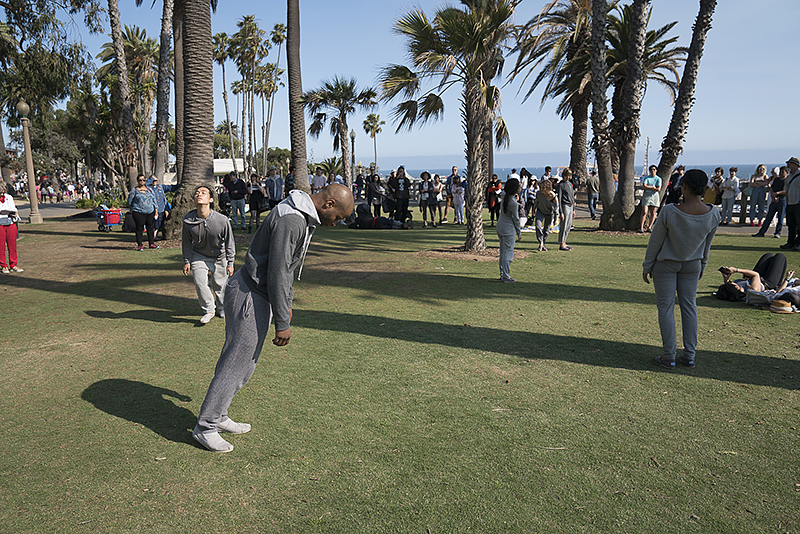
Pictured: Vanessa Baish, Jonathan Bryant, Hyosun Choi, Hyoin Jun, Natali Micciche, Flora Wiegmann Photo: Marlene Picard
Pictured: Miles Brenninkmeijer, Jonathan Bryant, Alfonso Cervera, Hyosun Choi, Hyoin Jun, Flora Wiegmann Photo: Meena Murugesan
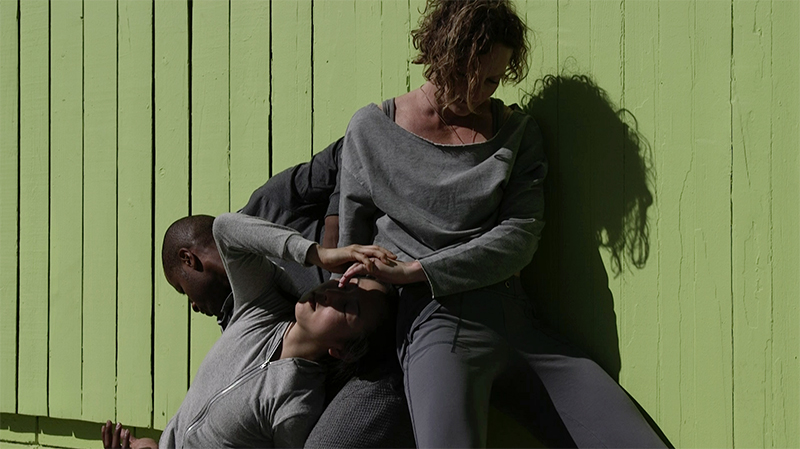
Pictured: Jonathan Bryant, Hyosun Choi, Flora Wiegmann Photo: Carole Kim
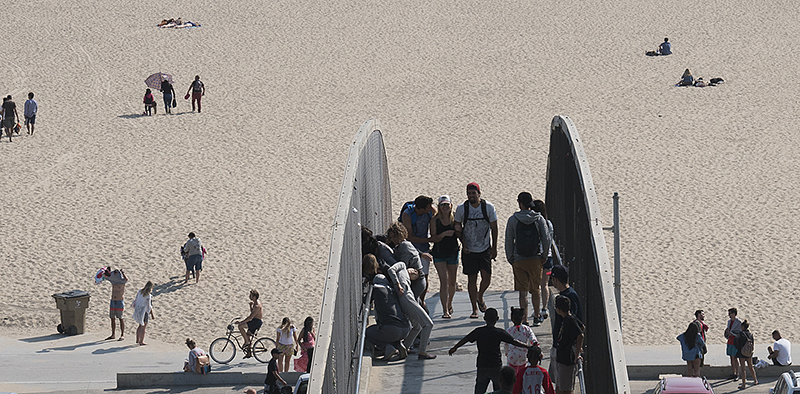
Pictured: Vanessa Baish, Miles Brenninkmeijer, Jonathan Bryant, Hyosun Choi, Hyoin Jun, Natali Micciche, Flora Wiegmann Photo: Marlene Picard
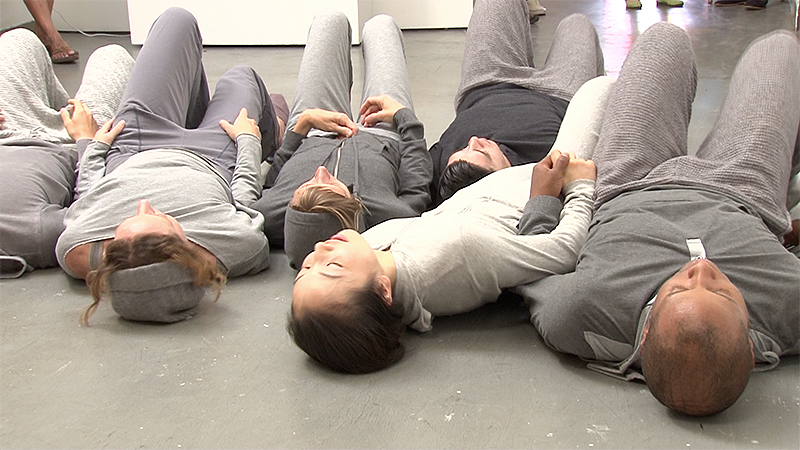
Pictured: Vanessa Baish, Jonathan Bryant, Alfonso Cervera, Hyosun Choi, Hyoin Jun, Flora Wiegmann Photo: Carole Kim
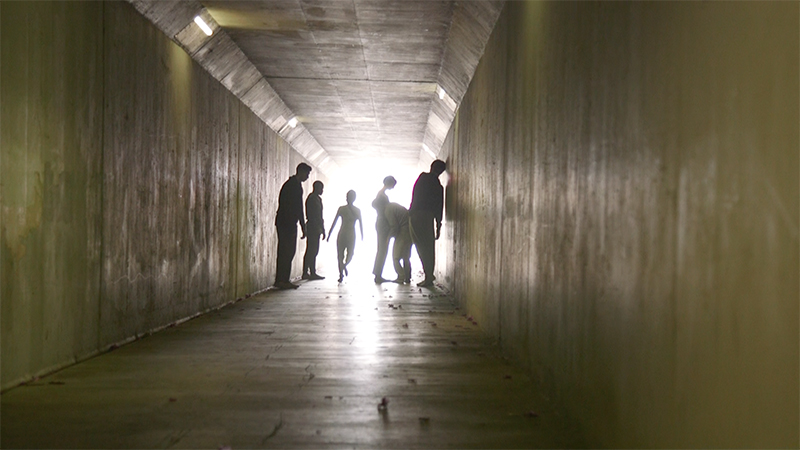
Pictured: Miles Brenninkmeijer, Jonathan Bryant, Alfonso Cervera, Hyosun Choi, Hyoin Jun, Flora Wiegmann Photo: Meena Murugesan
Pictured: Jonathan Bryant, Hyosun Choi, Hyoin Jun, Flora Wiegmann Photo: Carole Kim